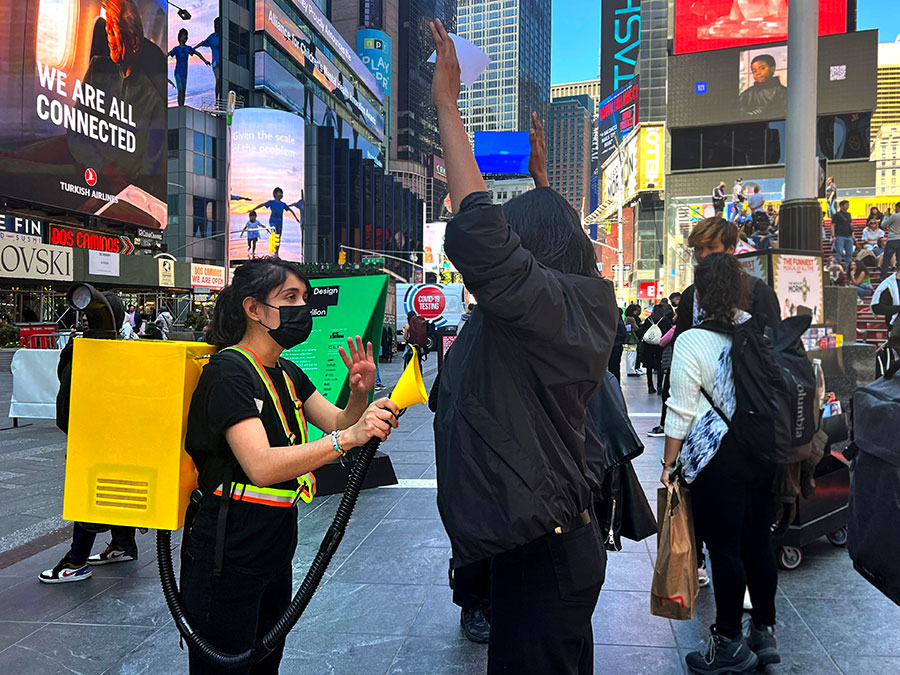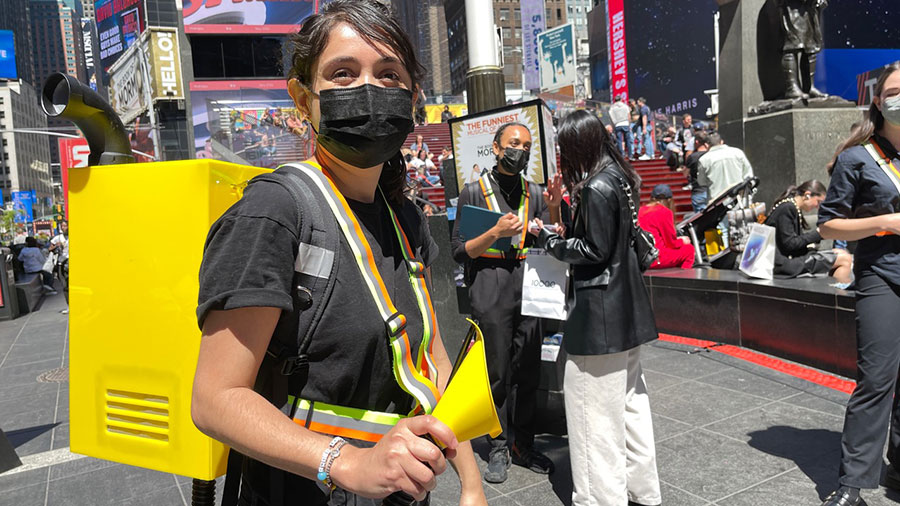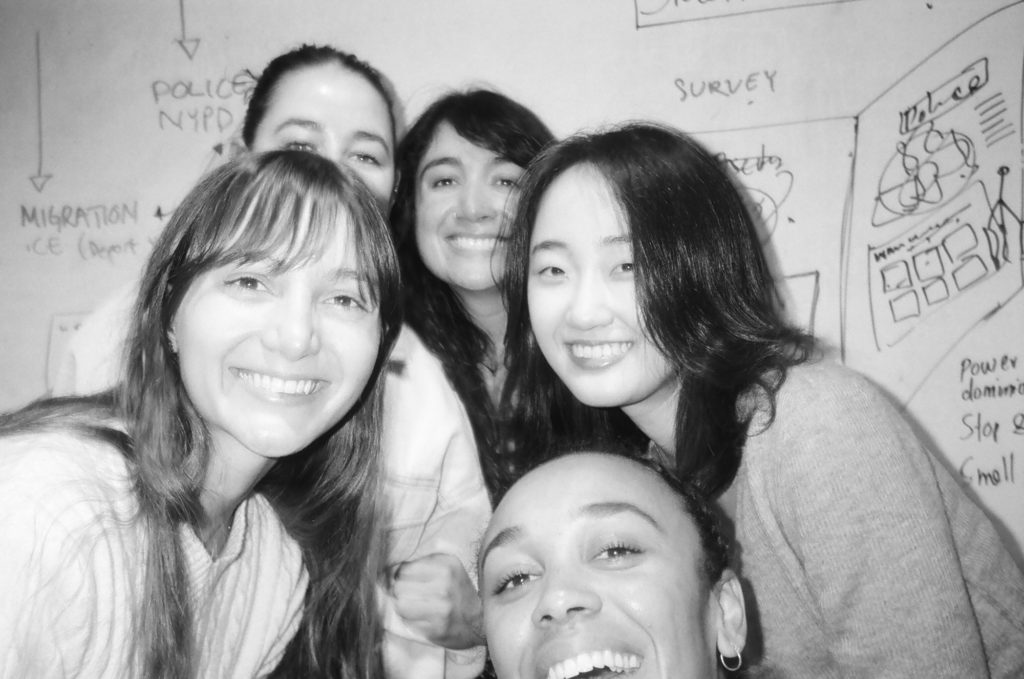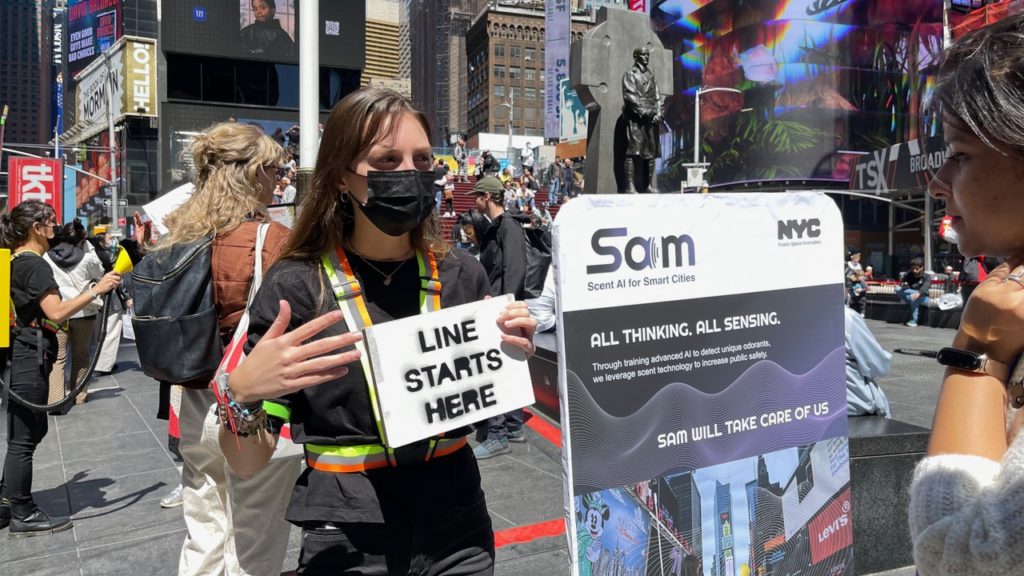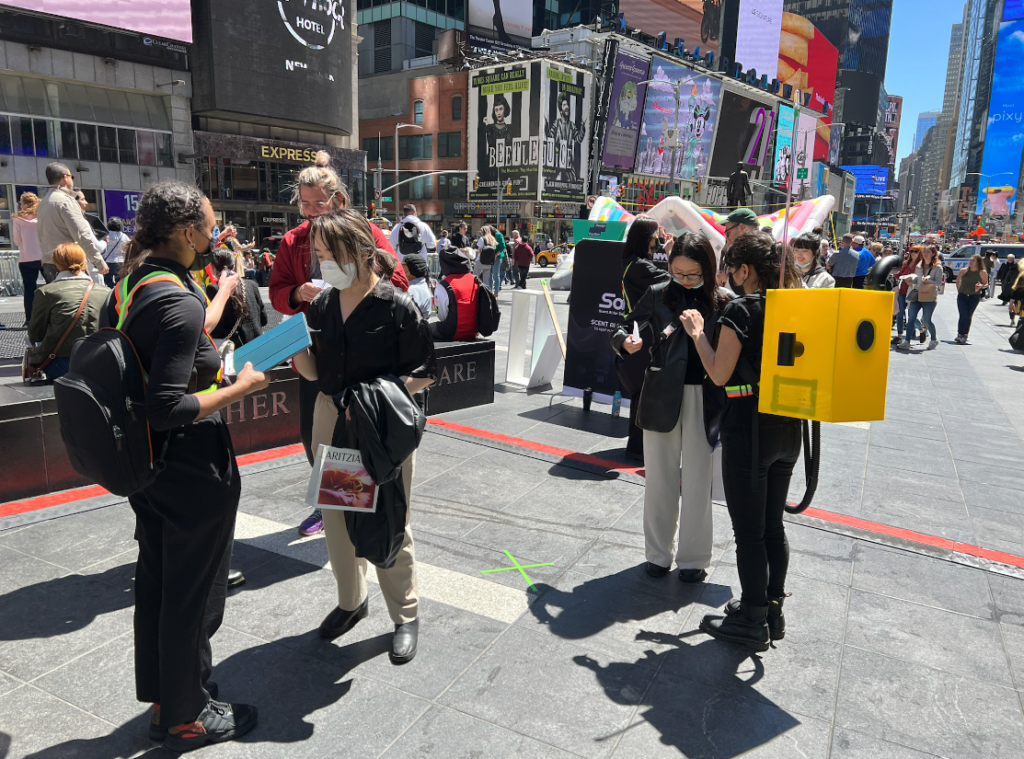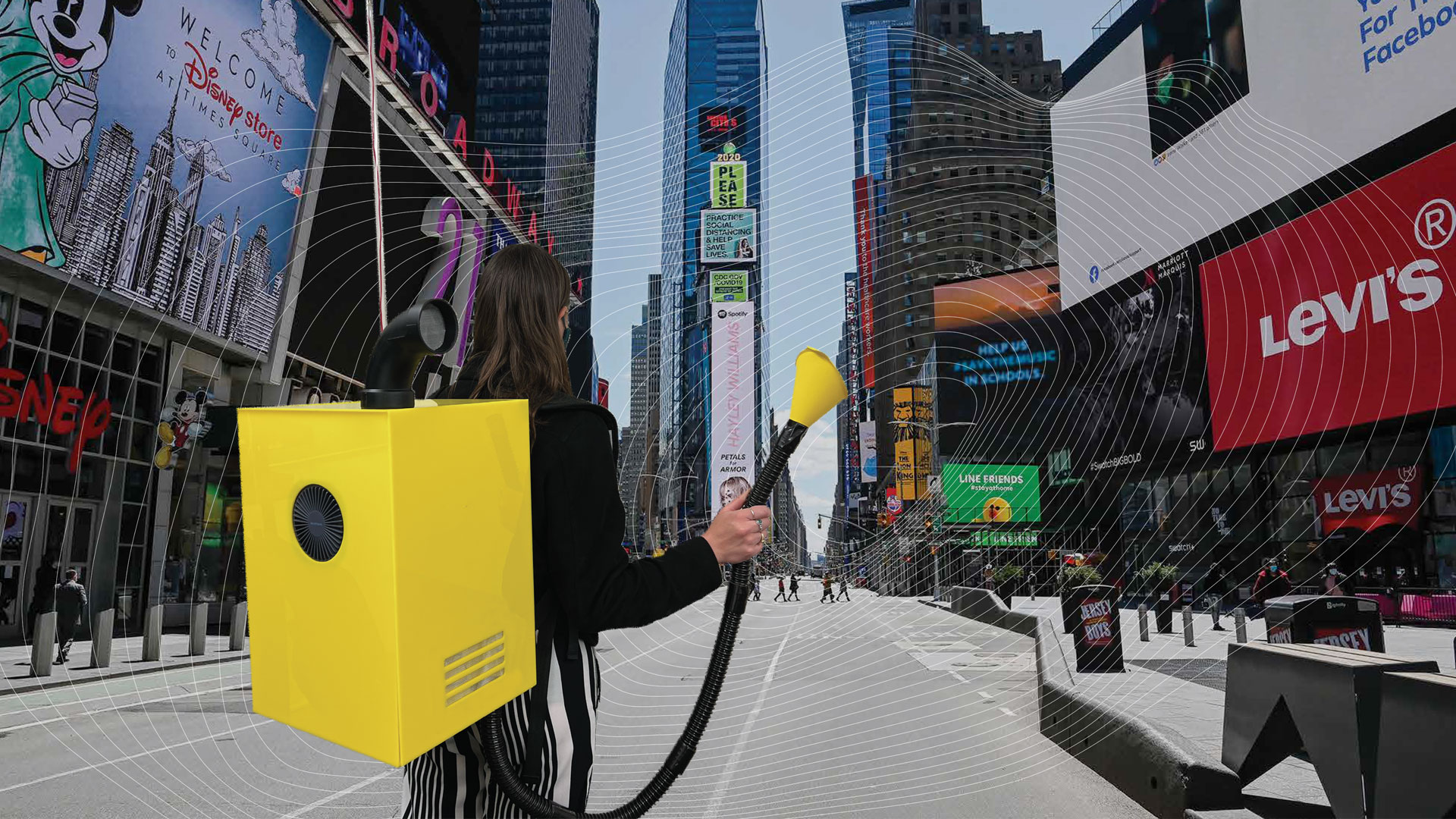Partner: Times Square Alliance, Elliot Montgomery, and Radha Mistry.
Timeline: April 2022 – May 2022 (2 months)
Approach: design fiction, product design, foresight, and strategy.
Topics: data privacy, surveillance, climate change, and technology.
Team: Cassandra Esteve, Maria Paula Otero, Jungmin, Jasmine Lolita and me.
My role: futurist, researcher, design strategist, product designer, and documentation.
Context
The COVID pandemic of 2020 boosted the development of different technologies aiming to prevent and control the consequences of the virus worldwide. Governments, corporations, and academia are already thinking about what they can do to prevent the next pandemic or other health threats that will worsen with climate change. Currently, there is a COVID smell cyborg in testing, research on dogs that can smell cancer, and even a woman who can smell Parkinson’s. We imagined a world where these smell technologies are already approved and tested on a large scale in NYC for the safety of public spaces.
Times Square – TS was the perfect spot for this speculative design research. Based on data presented by The Times Square Alliance in the fall of 2022, the iconic place in NYC received 400.000 people daily pre-pandemic. That number changed drastically after 2020 with 35.000 people visiting the place daily. Additionally 70% of the businesses closed impacting the economy of the entire city which receives approximately 4.9 billion dollars in tax revenue annually. Times Square represents 0.1% of land mass but 15% of the economic output for the city of New York.
Outcomes and reflections
With this project, we wanted to explore people’s opinions, feelings, and the ethics of this speculative technology. Our goal was to activate conversation around data privacy, notions of ownership and public safety in a world already worried about the capitalization of personal data and the constant threat of getting sick by new viruses like COVID-19.
To explore this, we created The Center for Sensory Exploration and Research, an organization developing and training an AI smell robot in collaboration with The Times Square Alliance and the NYC Public Space Innovation Office. SAM, Scent AI for smart cities, our speculative smell cyborg is able to detect emerging pandemics, the presence and amount of communicable diseases in the air as well as individual health conditions. Additionally, the Center was training SAM to detect explosives, weapons and other dangerous substances in the area.
Some of the findings of this speculative research project were:
- People were willing to get tested by the AI scent cyborg and believe in the effectiveness of this type of technology.
- People were less worried about their data privacy if they know the project is backed up by the NYC government.
Projects details
This project went through a series of steps, where the team tried defining the final topics to explore, the scope, the speculative scenarios, the artifacts, the experiments, and the final speculative activation in Times Square. The project included multiple visits to Times Square to make field notes, take pictures and gather artifacts as inspiration.
Signal gathering
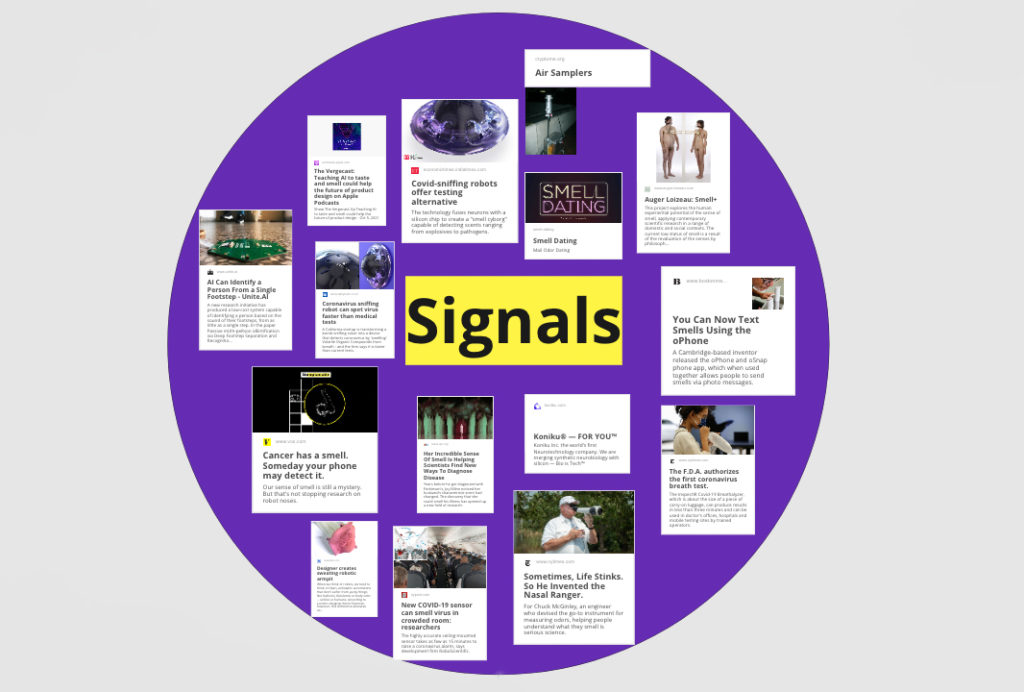
After several sessions in which each team member exposed their approach, abilities, desires, and inspirations for the project, we started building a database of signals that support our research topic: we were interested in exploring the human senses (especially smell) in conjunction with body technology and the effects of climate change. With this signal gathering, we were able to understand the several research and artifacts being develop around smell and the detection of viruses and airborne diseases.
Futuring methods
We used several futuring methods during the project to explore and develop different scenarios. With each method, we got closer to the system we wanted to explore for our final activation. We became more interested in the surveillance and data privacy issues around technology that serves as an extension of the human body.
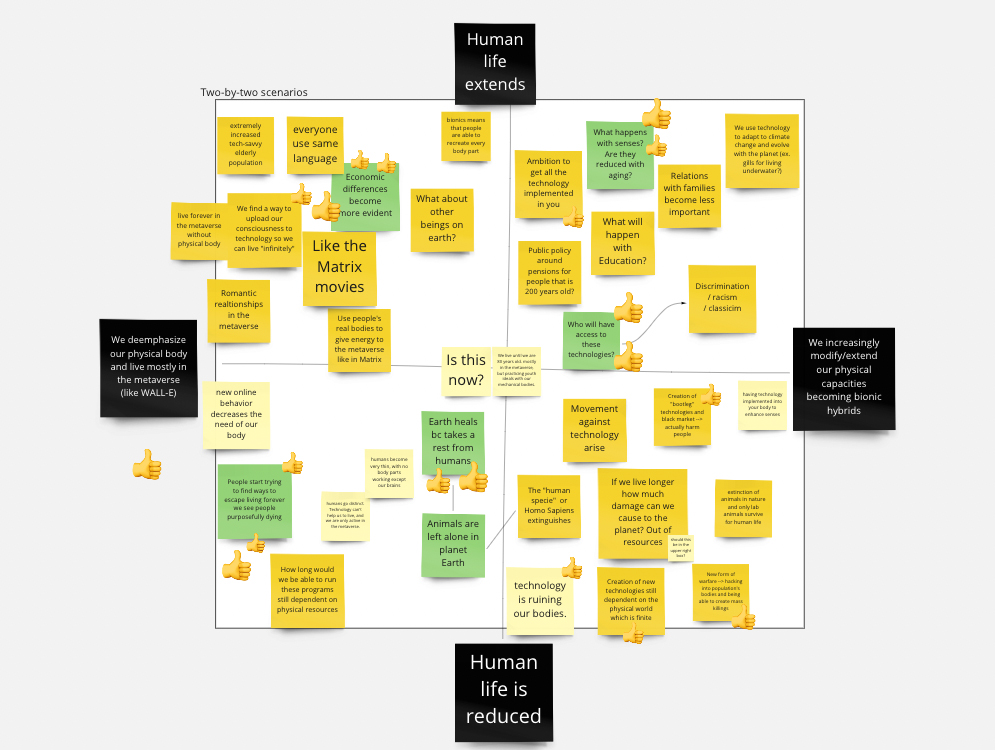
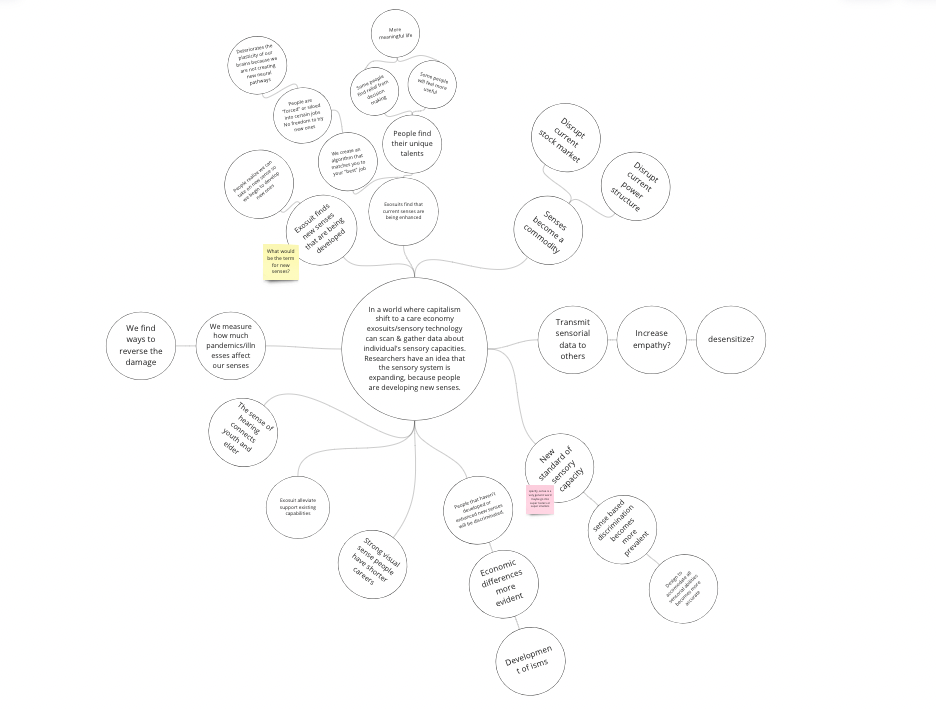
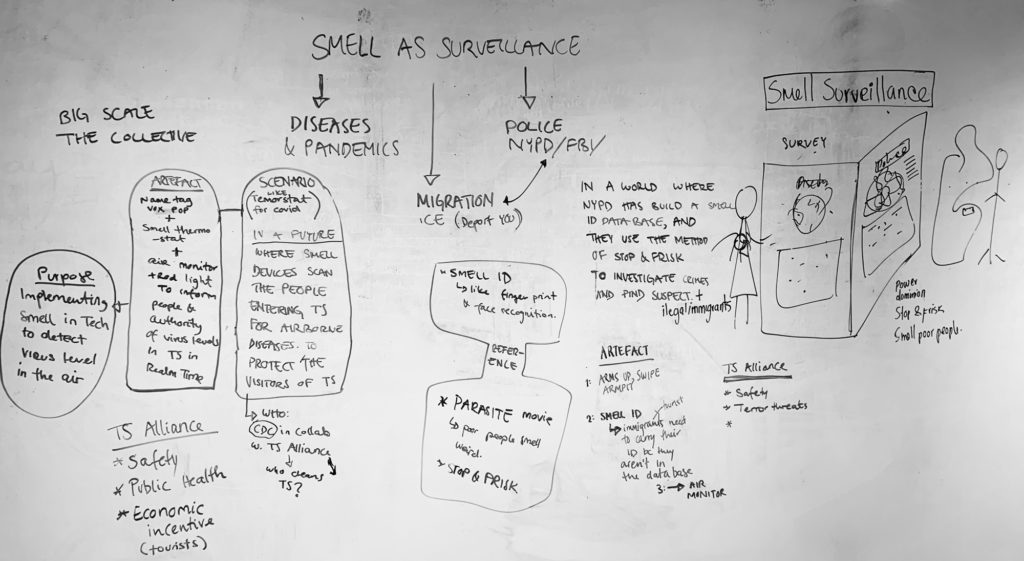
Experiments
After refining our speculative scenario, we developed a series of small experiments with the concept of smell surveillance to test people’s reactions in Times Square. As part of our story, we created The Center for Sensory Exploration and Research, a speculative organization that supported our experiments. In these experiments we learned several lessons about our own performance as researchers, were aware of multiples gaps in our scenario, and saw that most people we encounter were fine with the use of smell technology to protect them from airborne diseases, didn’t have immediate questions about data privacy and that they preferred artifacts that were the least invasive with their bodies.
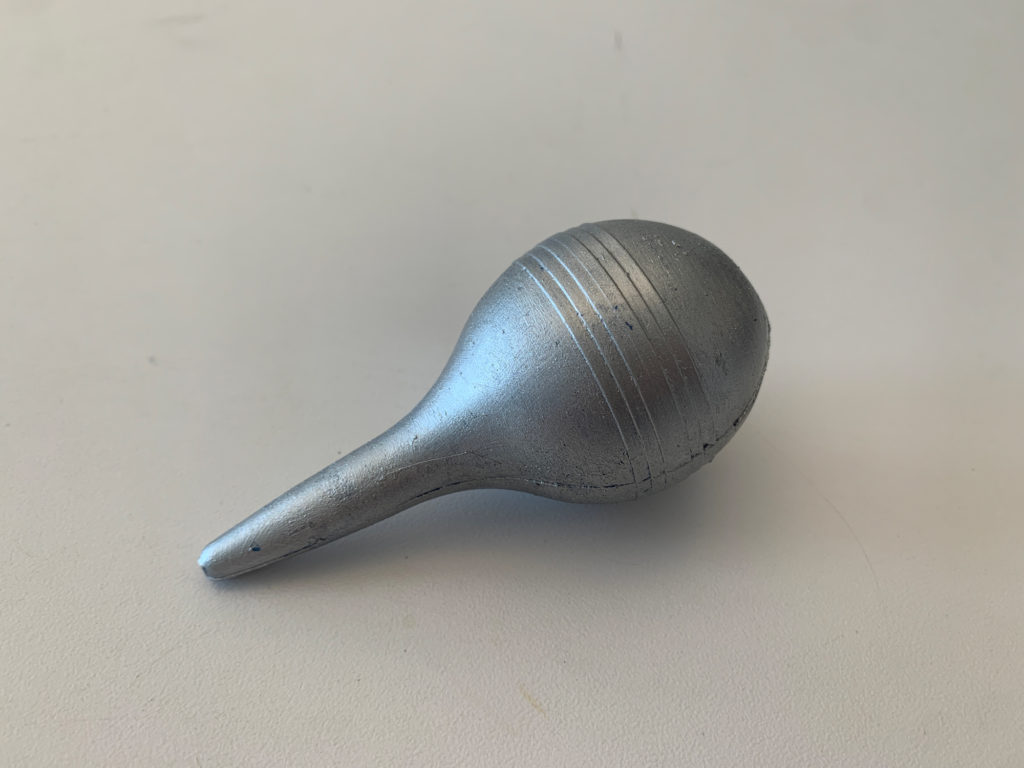
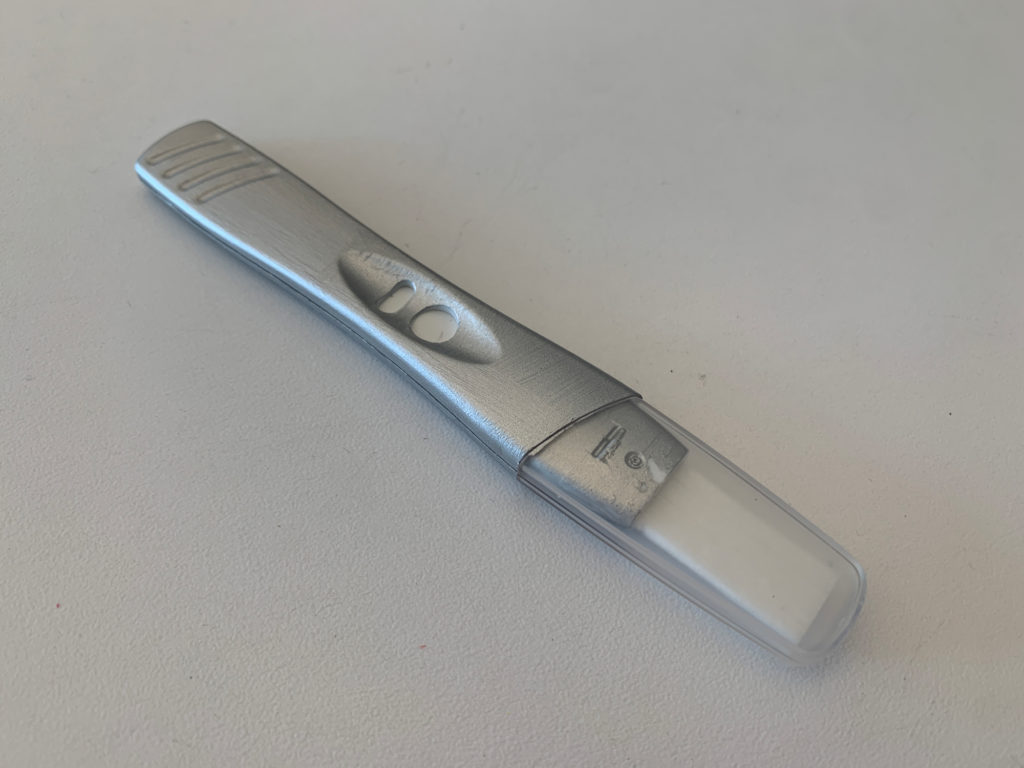
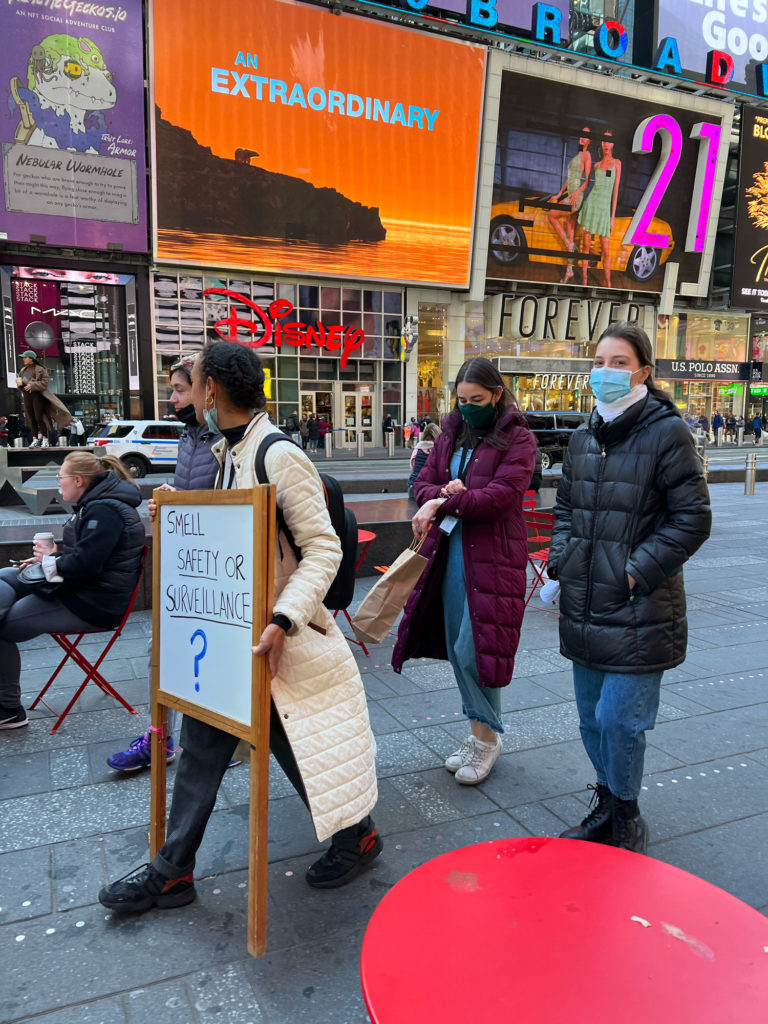
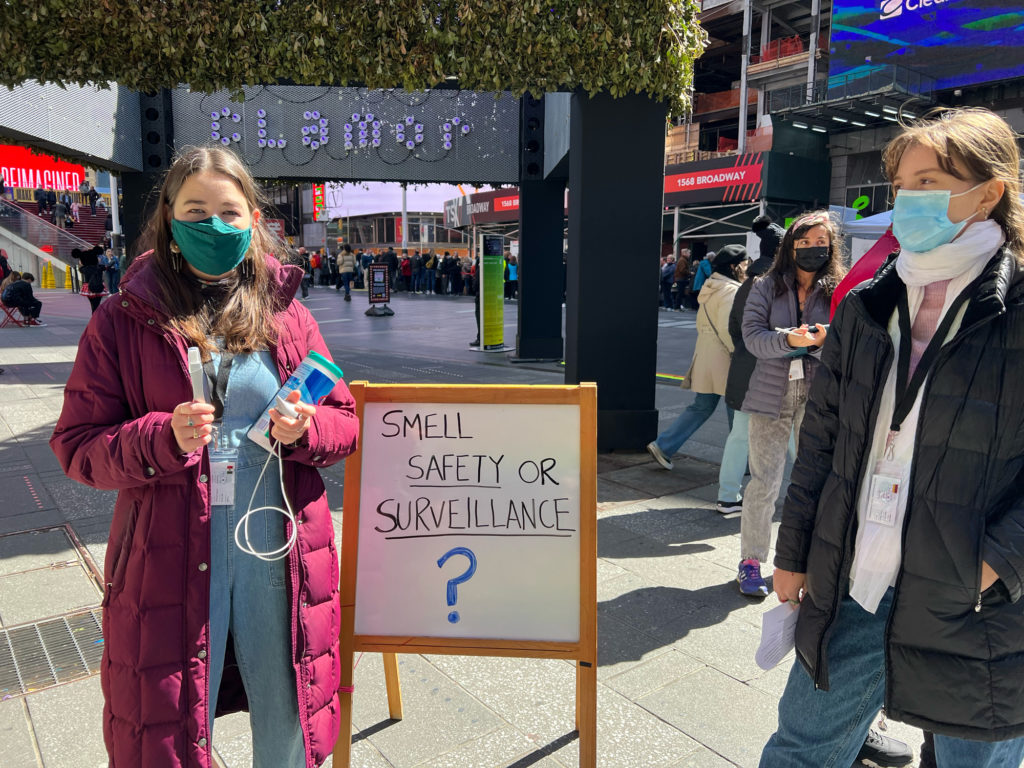
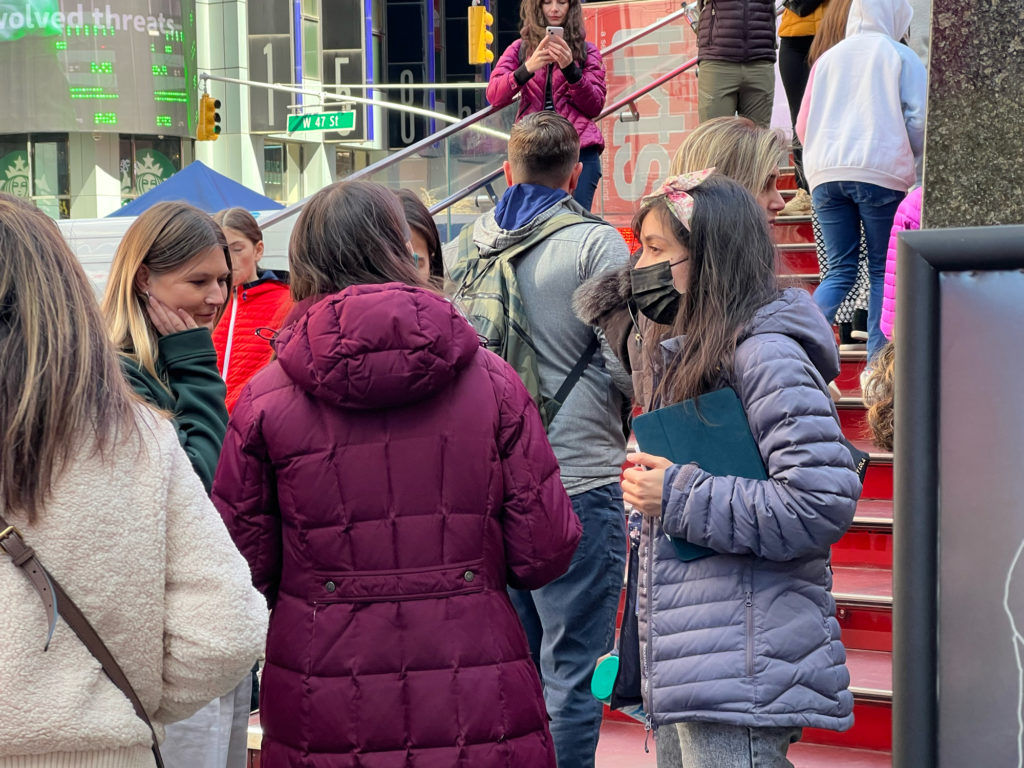
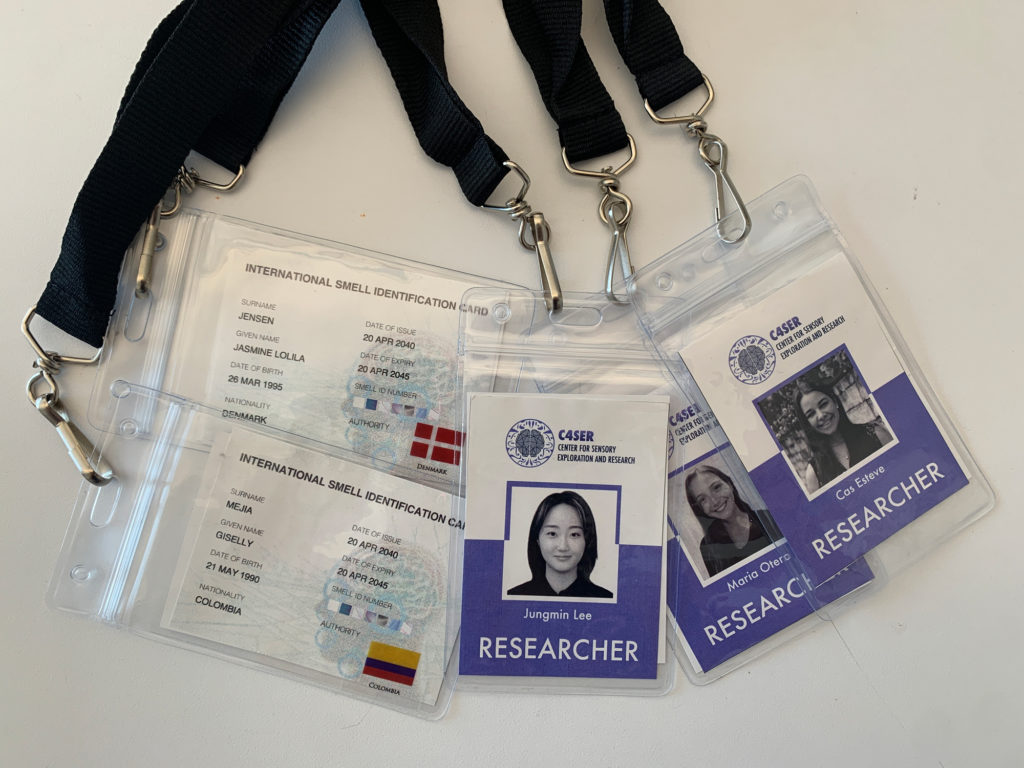
Mood board and artifact sketches
After refining our scenario, we started collecting inspiration and developing sketches for the final artifact.


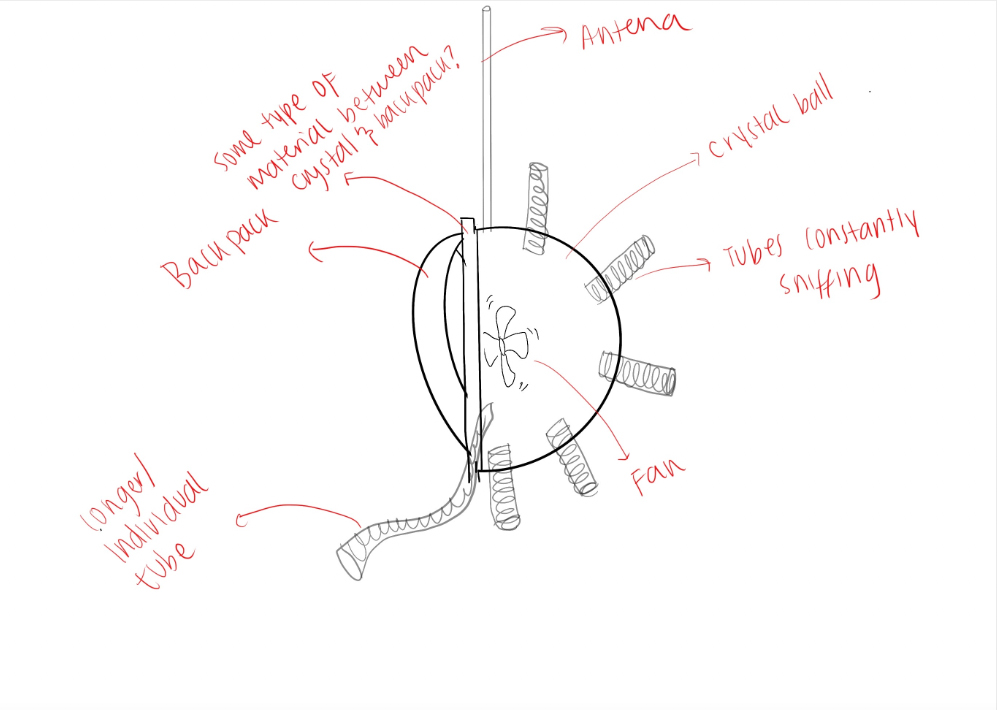
Final activation
This speculative project concluded with a final performative activation at Times Square. The pop-up event invited people to go through a series of steps in order to be smelled/tested by the scent AI robot in training. People where very curious and quickly started doing a line to go through the process. At the end, we gave beta results of the tests that included percentages of things like: Less likely to have asbestos in lungs or Chance of suffering from water allergies.
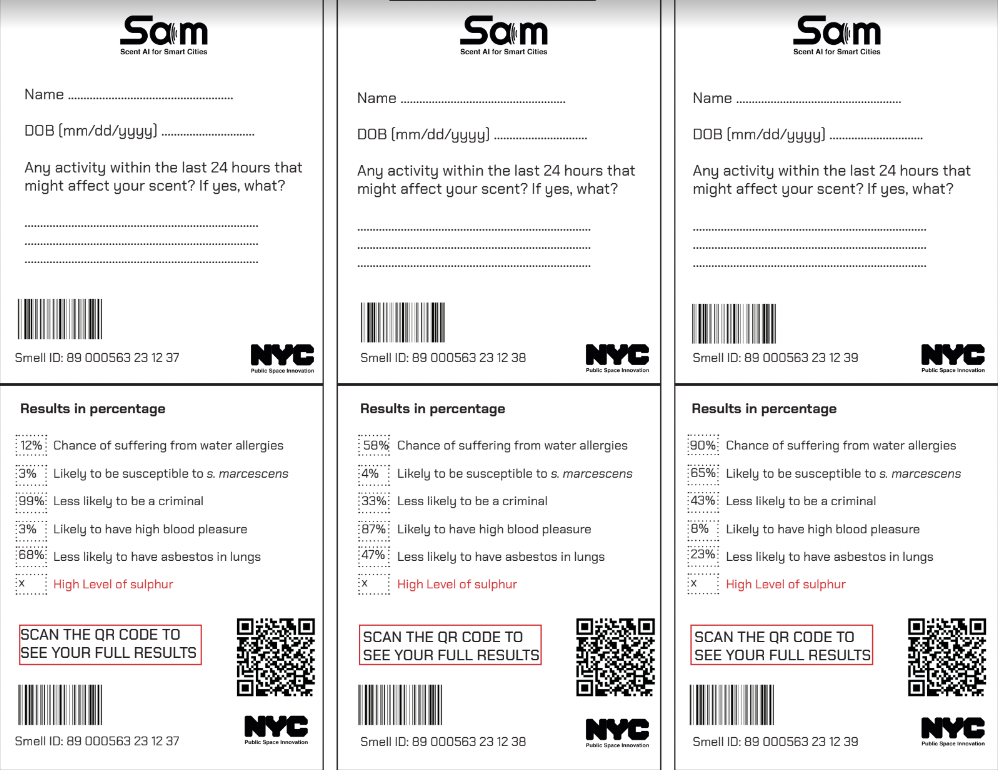
In the end, we also offer a space for conversation where we explain that we were training this machine in crowded spaces in NYC in order to protect the community from new airborne and communicable diseases and wanted to know people’s experiences, feelings, and opinions about it.
